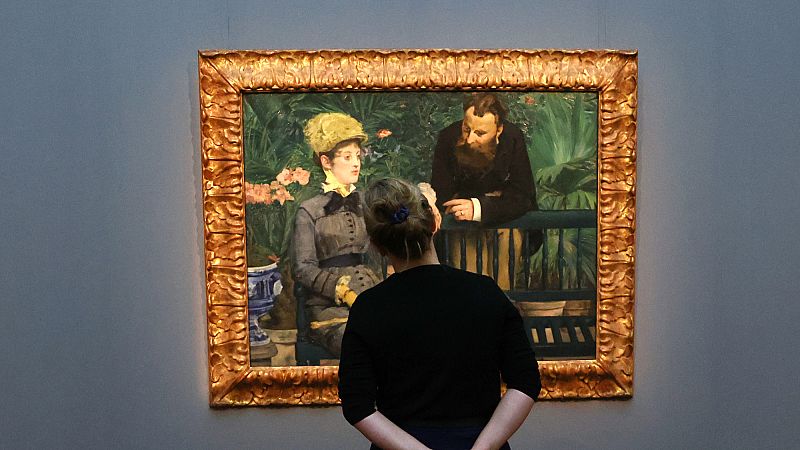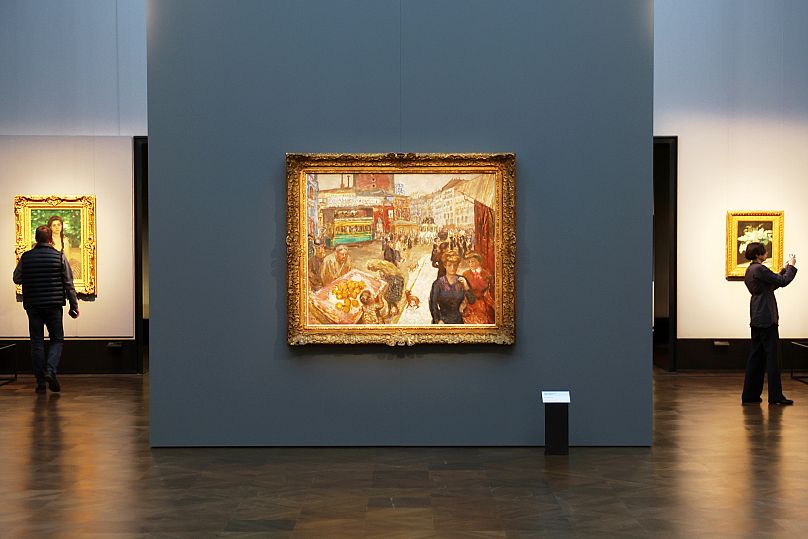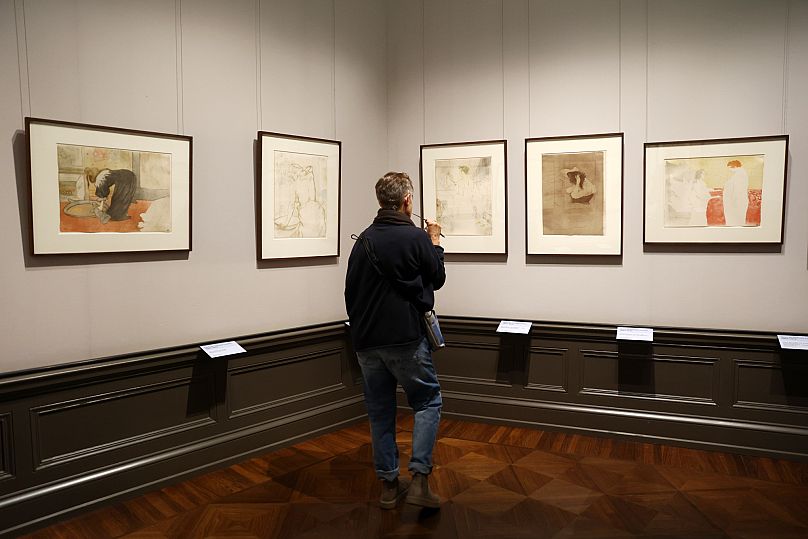The Scharf Collection opens for its first large-scale exhibit in Berlin

The Scharf Collection, one of Germany’s most important private art holdings, is opening its doors for its first major public exhibition in Berlin.
The collection, which was built over four generations, will feature 150 works from Goya to Grosse spanning 200 years of European and contemporary art.
Shown for the first time at Berlin’s Alte Nationalgalerie from October 2025 to February 2026, the exhibit will showcase the evolution of European art from the early 19th century to today.
Visitors will see prints by Francisco de Goya, Romantic and Realist paintings by Delacroix and Courbet, and Impressionist masterpieces by Monet, Renoir, Cézanne, and Degas.
The show will also include Post-Impressionists like Bonnard and Matisse, then move into Cubism with Picasso and Léger, and end with bold modern and contemporary works by artists such as Sam Francis, Jasper Johns, and Katharina Grosse.
This exhibition is important because it marks the first time the public can view such a large part of this historically rich and visually diverse private collection.
Until now, only a few visitors per year had access to individual works in private settings, and many pieces have never been displayed together. So the show not only honours the family’s legacy, which began with Otto Gerstenberg over a century ago, but also connects past and present through a thoughtful timeline of influential artworks.
So what can visitors expect from such an iconic show?
The exhibition takes them on a journey through 200 years of art, beginning with early 19th-century etchings by Spain’s Francisco de Goya, with his dramatic series The Disasters of War and La Tauromaquia.
From there, the show moves into the heart of French Romanticism and Realism, featuring works by Eugène Delacroix and portrayals of everyday life by Gustave Courbet. There are also works from Honoré Daumier, expressive caricatures and sculpted busts of lawmakers, from 19th century France.
The exhibition also has a very exciting Impressionist section, with key works by Claude Monet, including early realist scenes like Farmyard in Chailly and later Impressionist landscapes like Steep Cliffs near Dieppe and a moody Waterloo Bridge.
There are also beautiful works by Pierre-Auguste Renoir and Paul Cézanne, showing the changing light, colour, and movement that defined the period. And Edgar Degas is well represented with his classic studies of dancers and bathers, while the colourful, warm paintings of Pierre Bonnard offer scenes of Paris and private domestic life, including Place Clichy and The Large Bathtub.
Henri Matisse and Pablo Picasso, who helped reshape art through Cubism, will be included in the Post-Impressionist and Modernist sections, as well as Fernand Léger, whose paintings combined Cubist structure with vibrant colours and machine-like forms.
Toulouse-Lautrec is another standout, with a rich selection of his posters and lithographs showing the performers and nightlife of 1890s Paris. His Elles series, showing quiet moments in the lives of sex workers, will offer a look behind the scenes of the Belle Époque.
The exhibition finishes with some abstract and contemporary art, with paintings by American artists like Sam Francis and Jasper Johns bring strong colour and texture, while German artist Katharina Grosse’s massive, sprayed-on canvas fills the space with pinks and blues. Her work forms a visual echo of Monet’s, tying the past to the present.
Today



